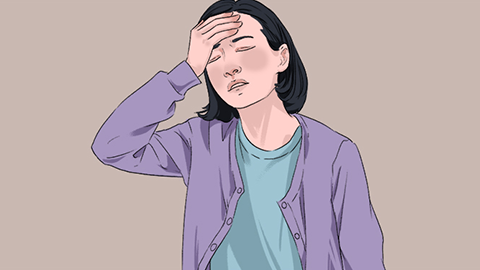What is high-risk leukemia?
Generally, high-risk leukemia is a type of leukemia characterized by rapid disease progression, greater treatment challenges, and poorer prognosis, requiring more aggressive treatment strategies. The detailed analysis is as follows:

High-risk leukemia is typically determined based on factors such as the patient's age, disease subtype, cytogenetic features, and molecular biological markers. For example, in some patients with acute leukemia, specific chromosomal abnormalities or gene mutations may lead to rapid disease progression and quick deterioration within a short period. This type of leukemia often responds poorly to conventional chemotherapy, has a lower remission rate, and even if remission is achieved, carries a significantly higher risk of relapse compared to standard types of leukemia. From a treatment perspective, high-risk leukemia requires more intensive chemotherapy regimens, and early consideration of treatments such as hematopoietic stem cell transplantation may be necessary. Additionally, the likelihood of complications during treatment is relatively higher.
In daily life, patients with high-risk leukemia should strictly adhere to their treatment plans, focus on nutritional support and physical protection, avoid adverse factors such as infections that could affect treatment outcomes, and maintain a positive mindset to actively cooperate with therapy.




